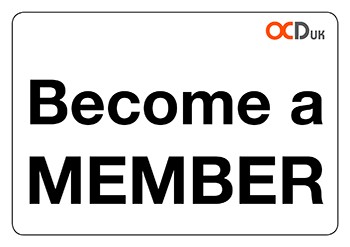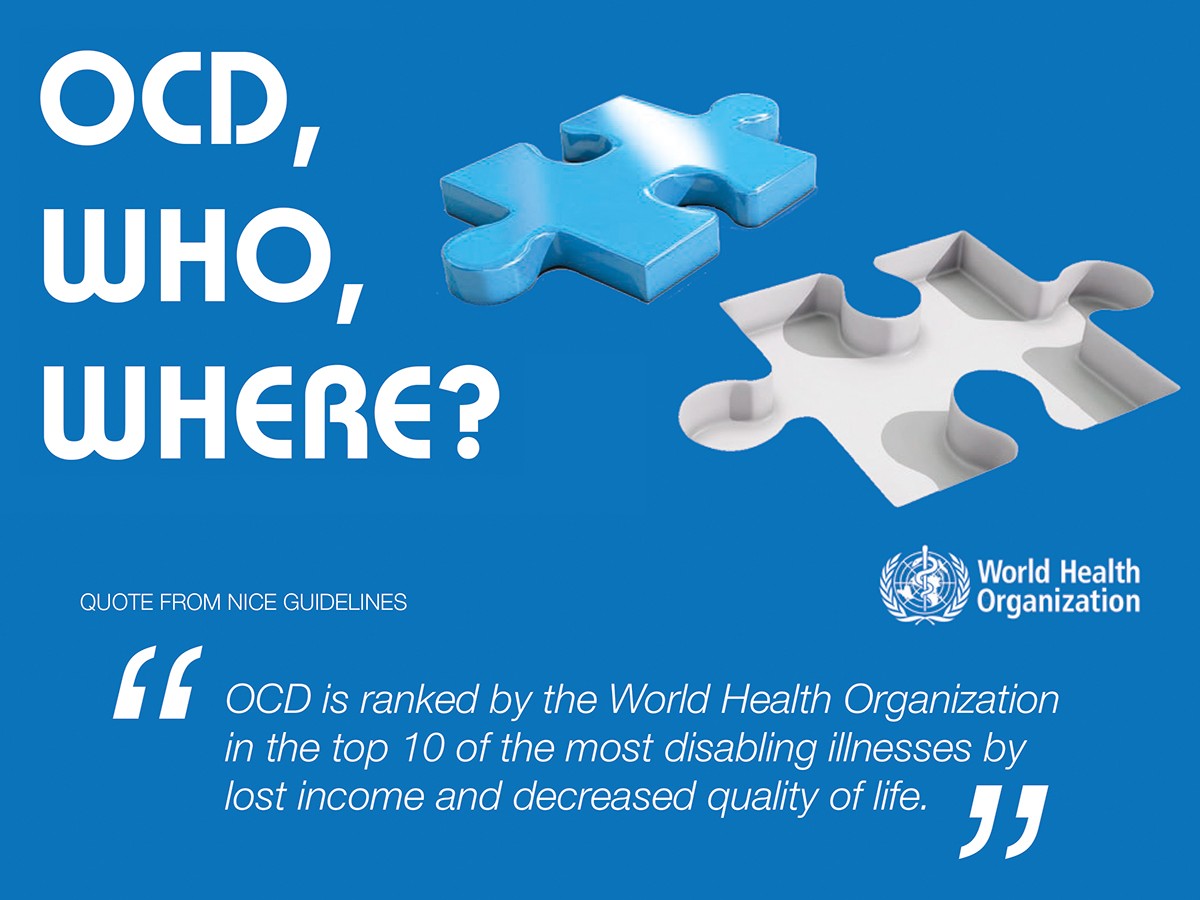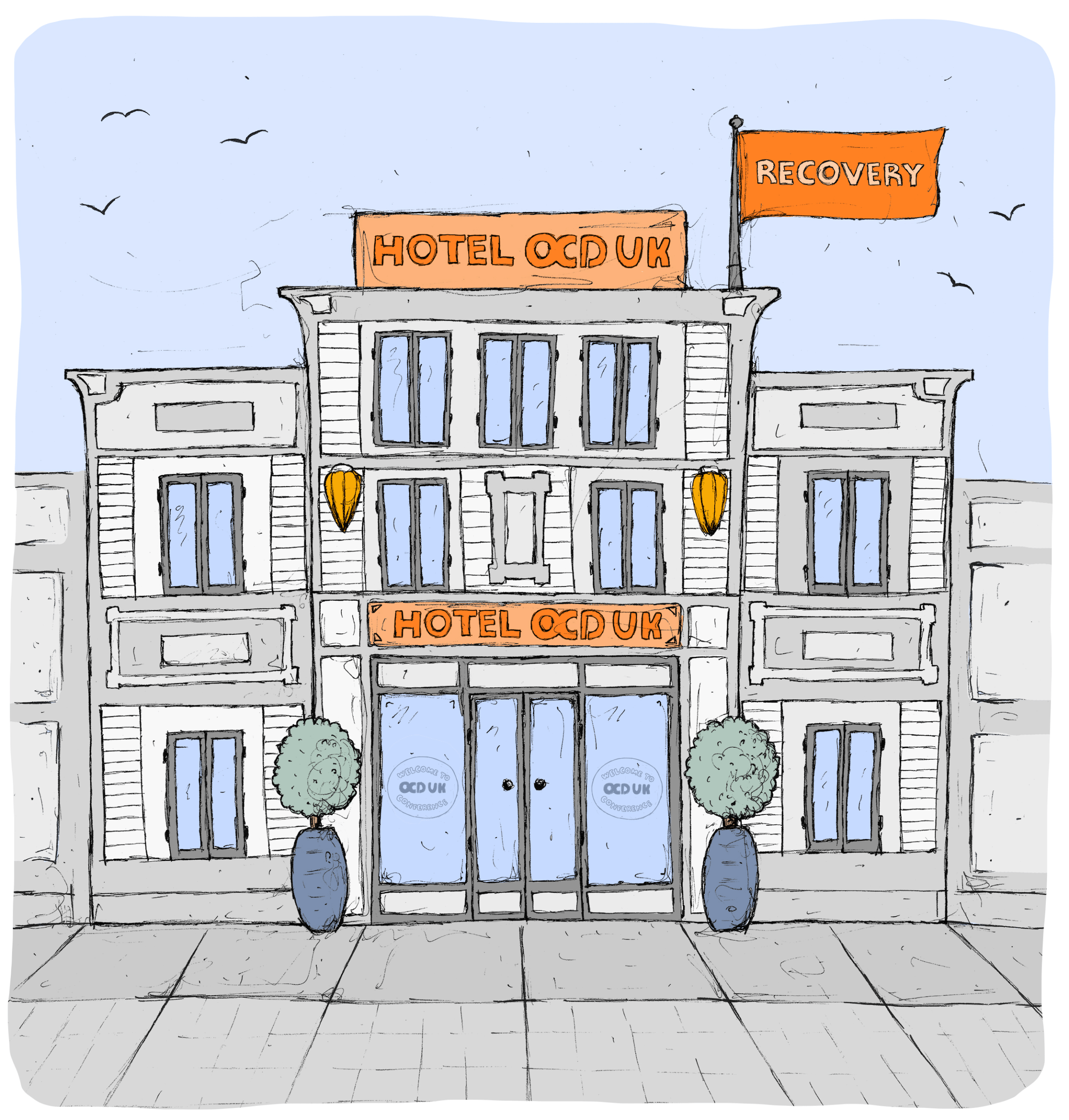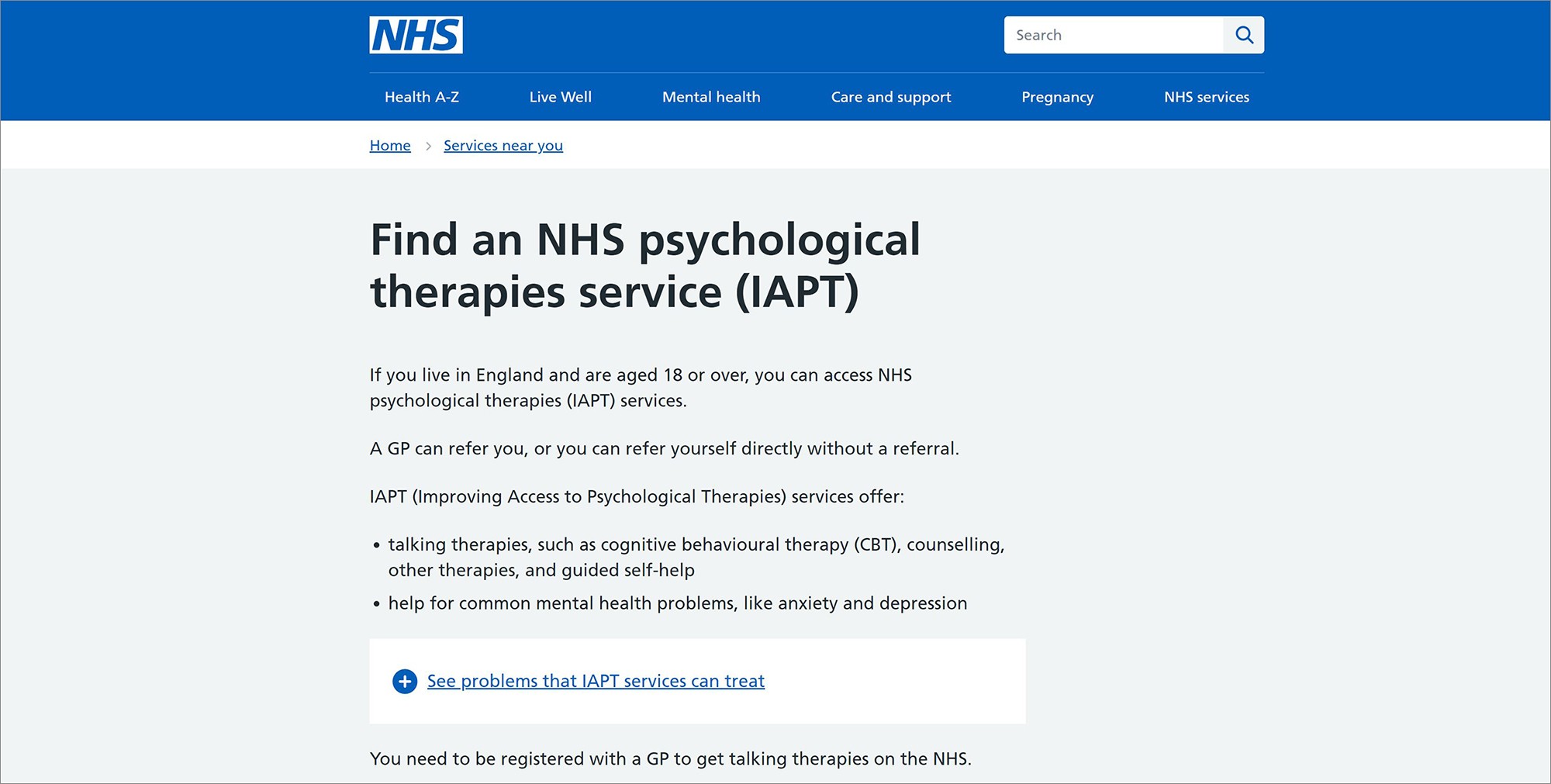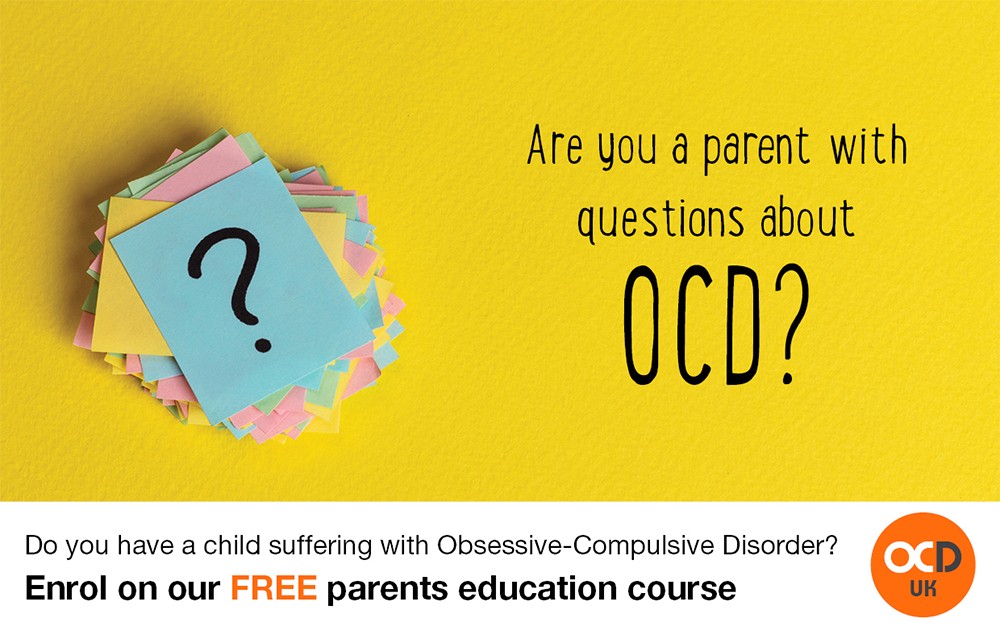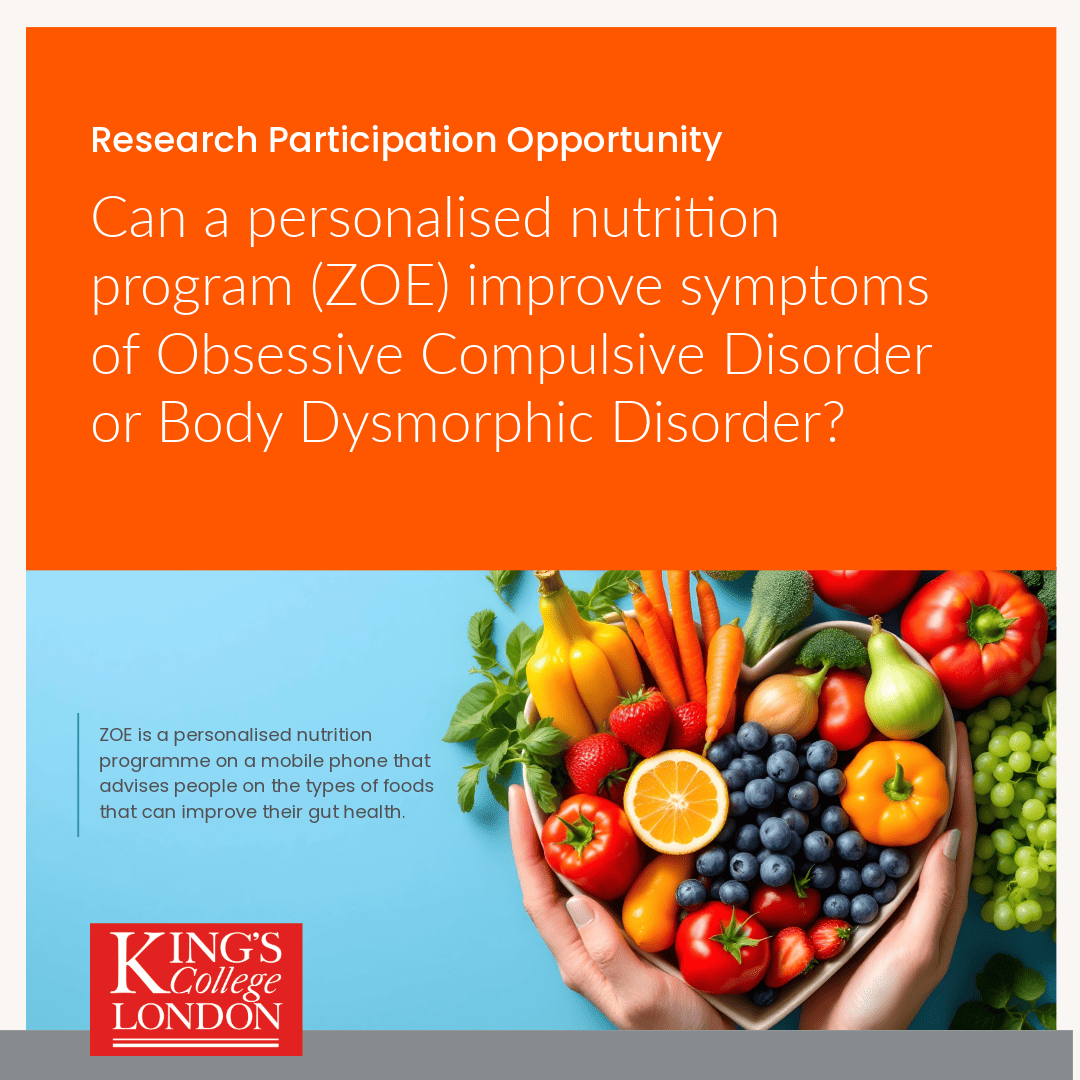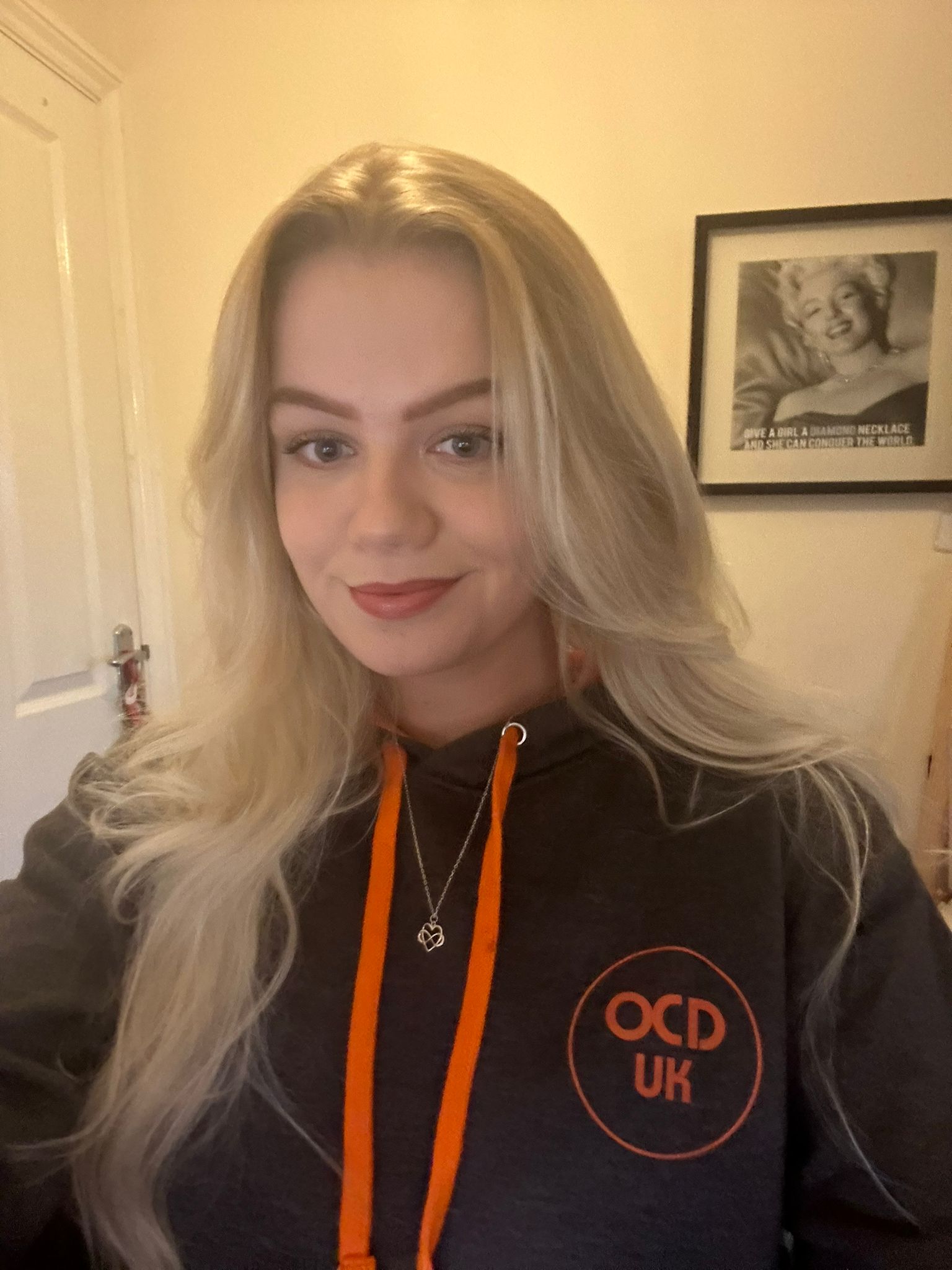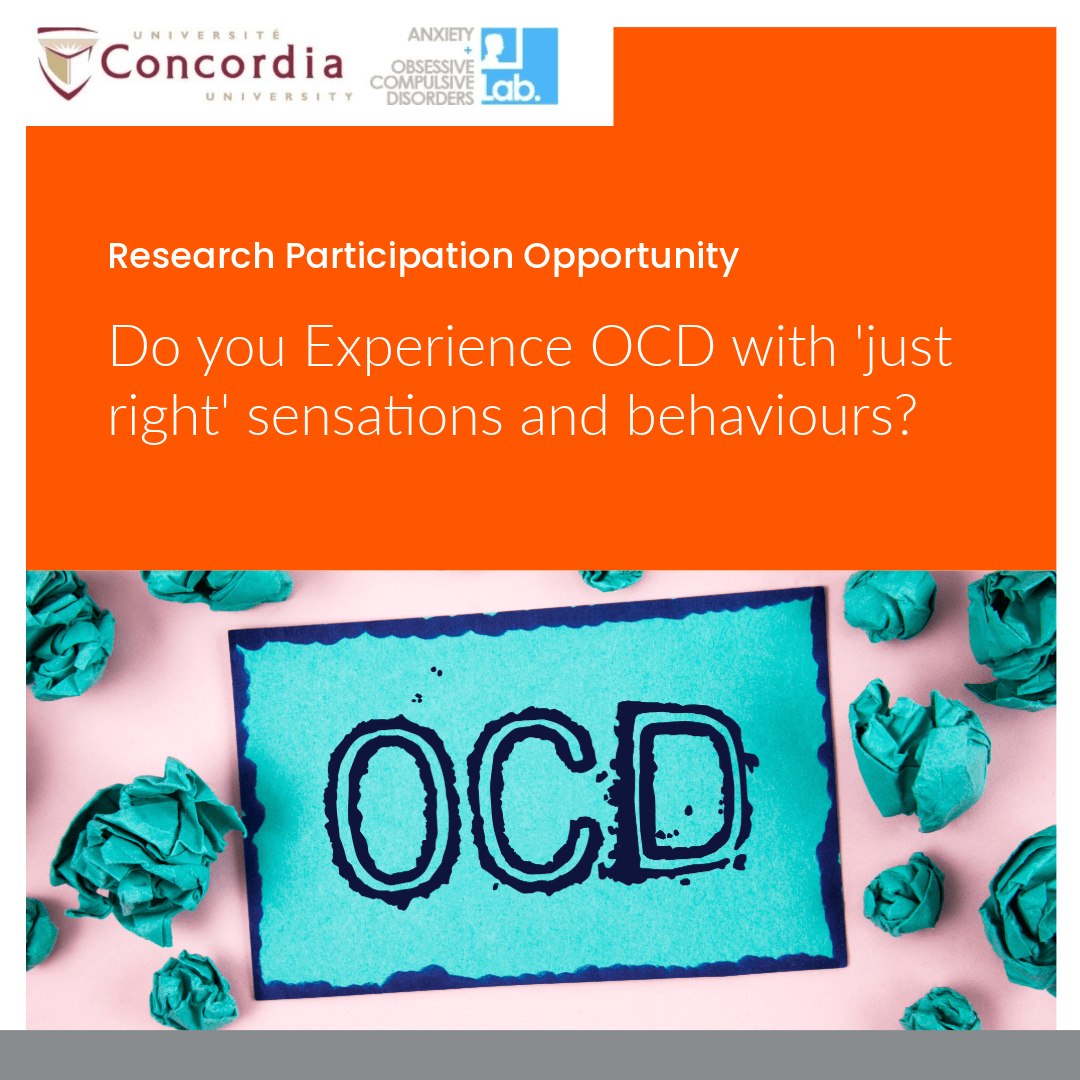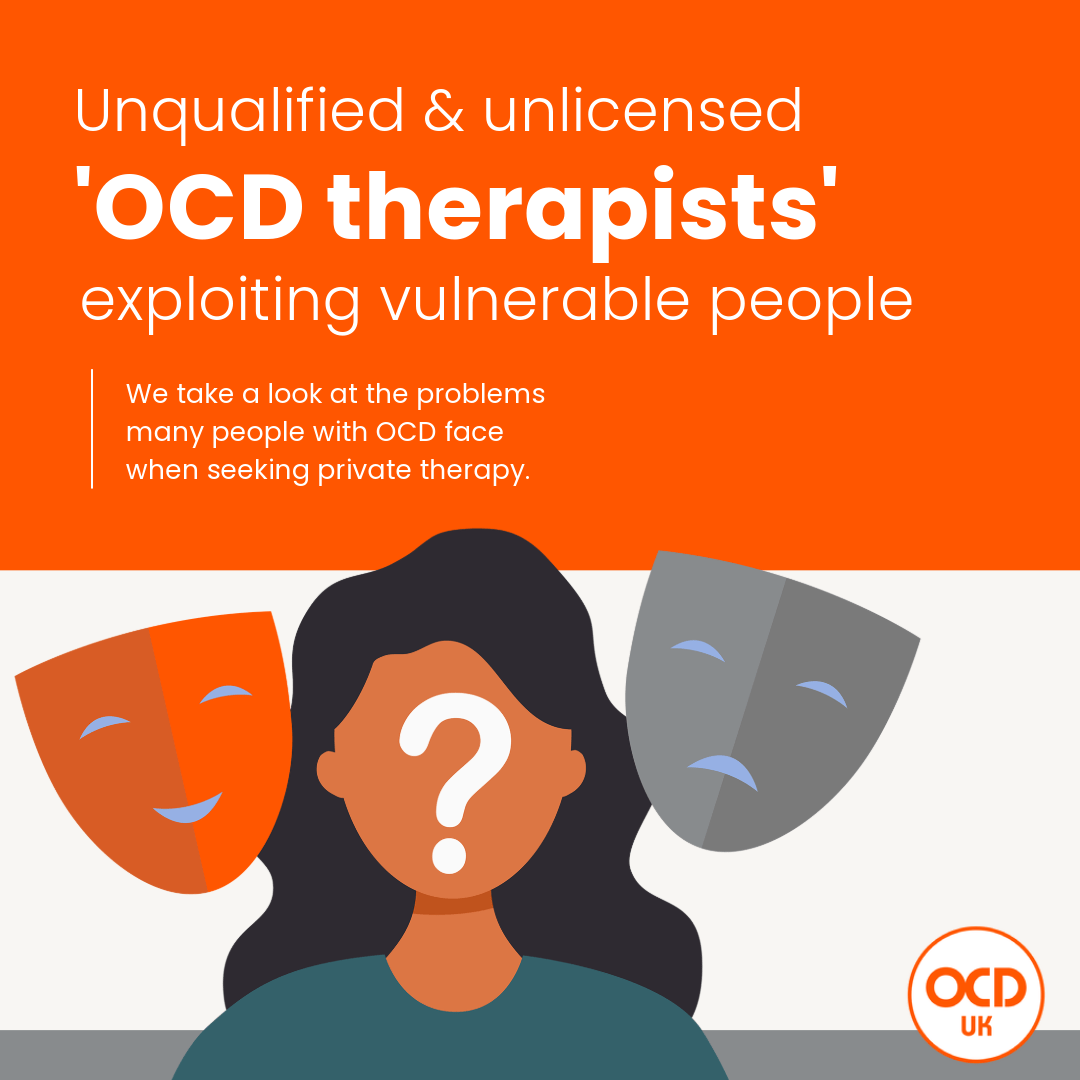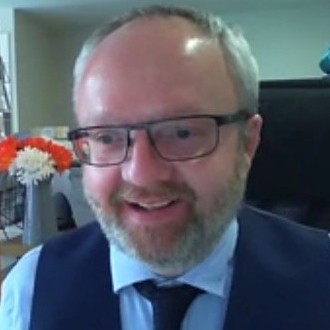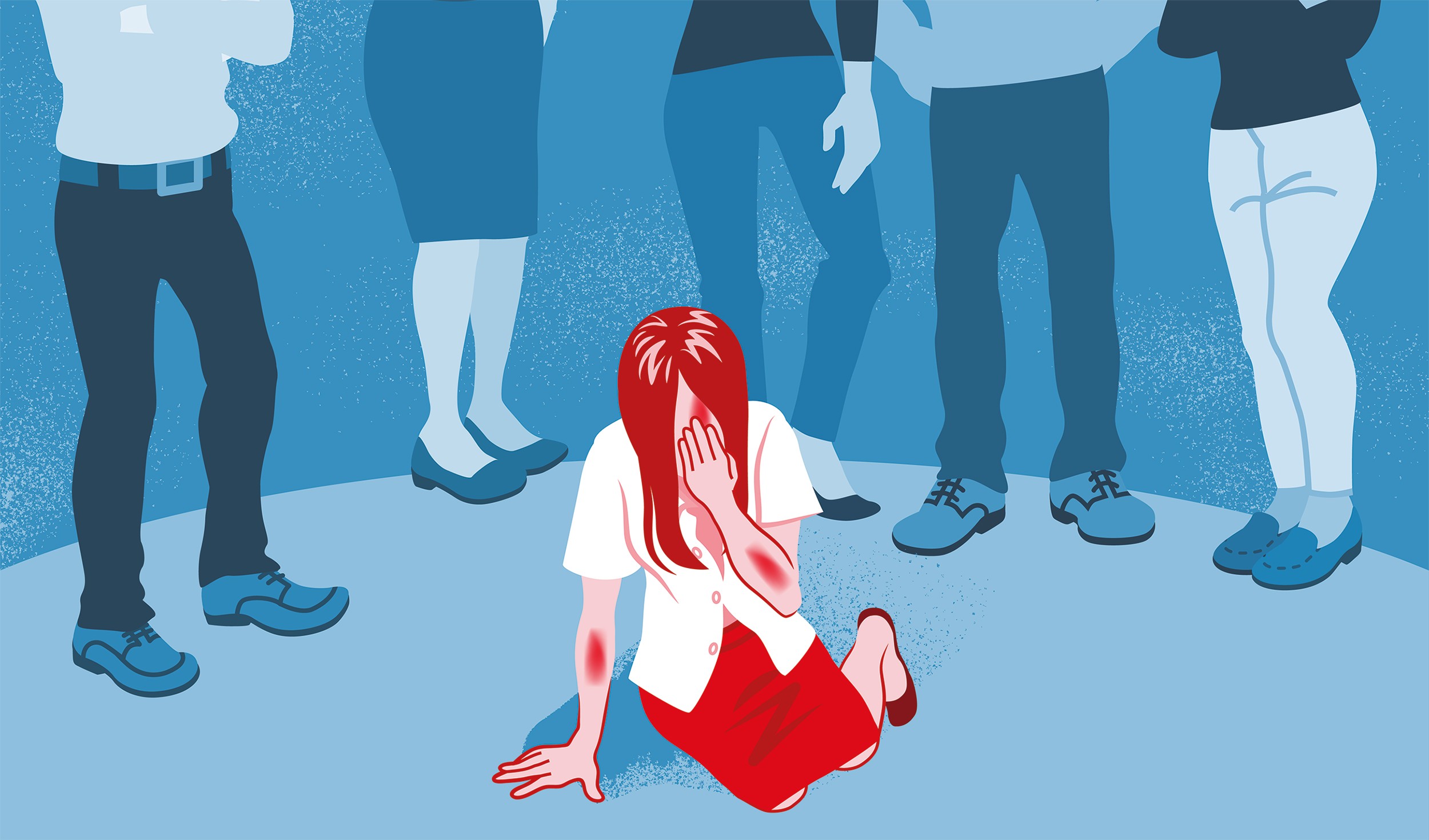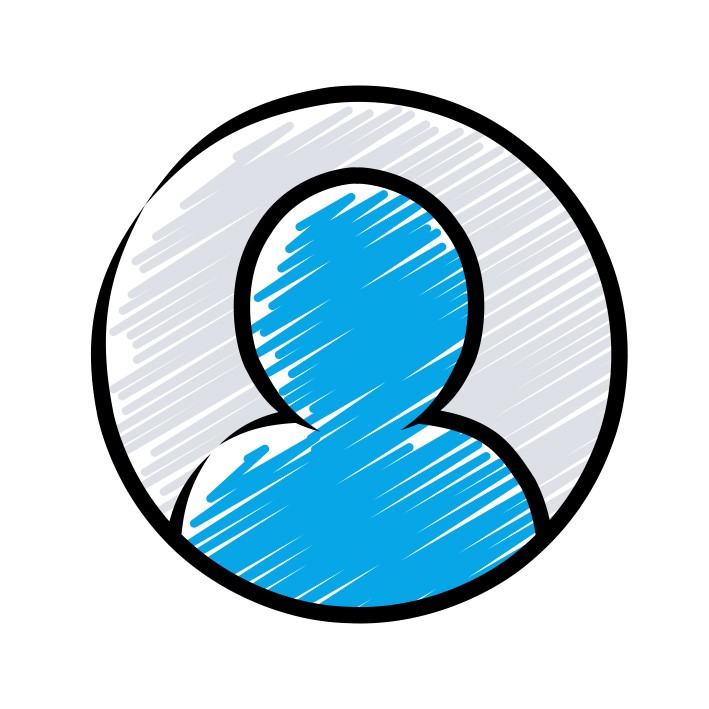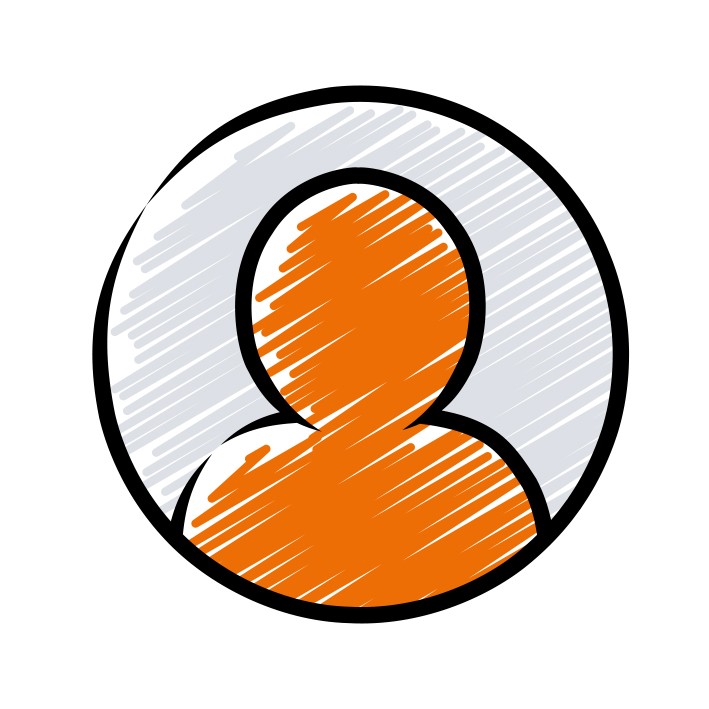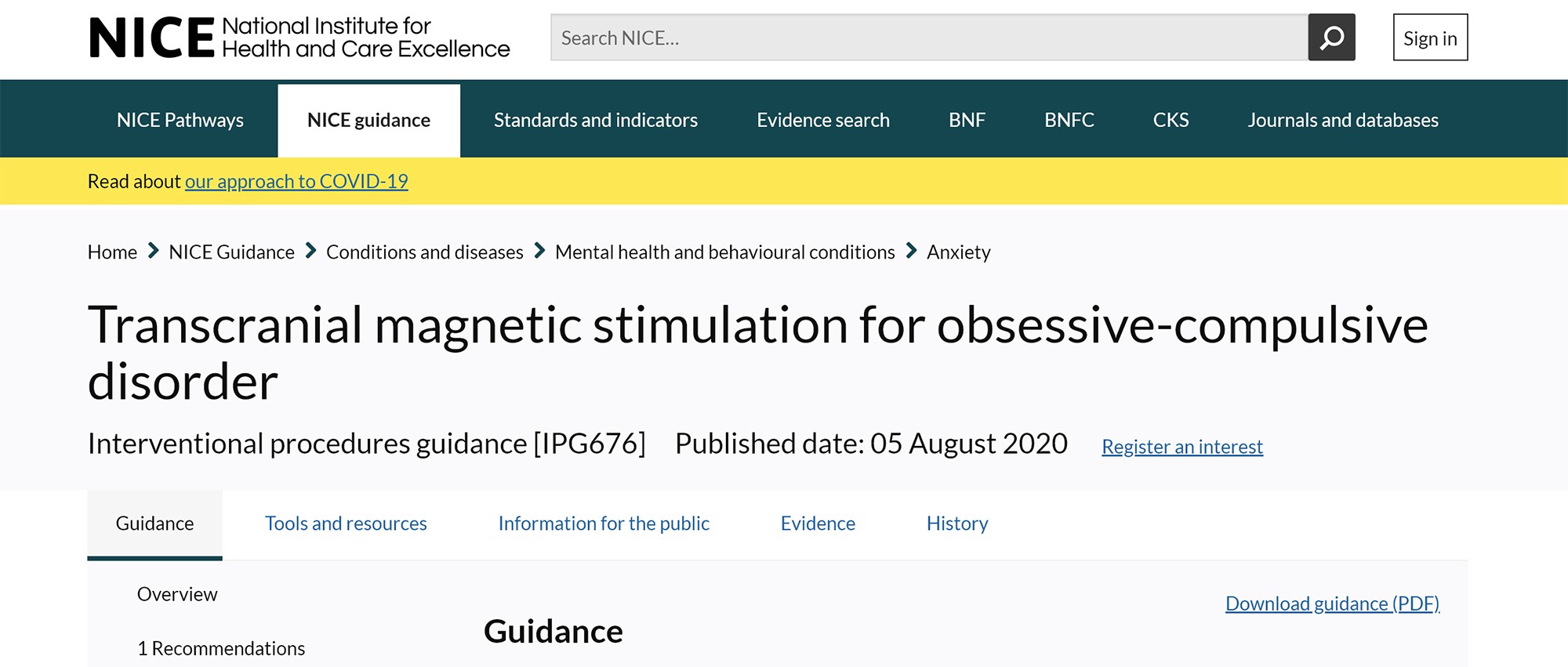 Earlier this week (5th August 2020) NICE published its interventional procedures guidance for the use of Transcranial magnetic stimulation in the treatment of obsessive-compulsive disorder.
Earlier this week (5th August 2020) NICE published its interventional procedures guidance for the use of Transcranial magnetic stimulation in the treatment of obsessive-compulsive disorder.
No evidence for TMS
What NICE published this week was the recommendation that at this time there is insufficient evidence to justify the use of TMS in the treatment of OCD and that it should only be considered for use in appropriate research settings. This was the full text from NICE’s recommendation:
Evidence on the safety of transcranial magnetic stimulation for obsessive-compulsive disorder raises no major safety concerns. However, evidence on its efficacy is inadequate in quantity and quality. Therefore, this procedure should only be used in the context of research.
Research should ideally be in the form of pre-registered, adequately powered, randomised controlled trials. It should report details of patient selection, including the use of concurrent therapies, type, duration and frequency of stimulation, and the intended target in the brain. Outcomes should include improvement in symptoms, quality of life and duration of effect.
The National Institute for Health and Care Excellence (NICE) provides national guidance and advice to improve health and social care across the NHS. The interventional procedures guidance looks at procedures used for diagnosis or treatment. It considers if they are safe and work well enough for wider use in the NHS.
OCD-UK Comment
OCD-UK welcome NICE’s interventional guidance placing emphasis on both the lack of and the poor quality of existing research data around the use of TMS for OCD. However, OCD-UK remain open to new research and will support ongoing safe and clinically appropriate clinical trials into the use of TMS for the treatment of OCD.
Transcranial magnetic stimulation (TMS) is done with the patient awake and sitting in a comfortable chair. The operator places an electromagnetic coil over a specific region of the head. The coil delivers electromagnetic pulses through the skull that stimulate neurons (brain cells) by inducing small electrical currents within the brain. Different areas of the brain may be targeted, and a variety of stimulation protocols may be used. Treatment with TMS usually comprises daily sessions lasting about 30 minutes, for a few weeks. The aim is to reduce the symptoms of obsessive-compulsive disorder.
In repetitive TMS (rTMS), repetitive pulses of electromagnetic energy are delivered at various frequencies (low or high) or stimulus intensities. The intensity of stimulation is usually titrated against the minimum intensity needed to elicit a motor response when stimulating the motor cortex, known as the motor threshold. Determining the motor threshold for rTMS can be done visually (such as by observing targeted hand muscle movements) or by using electromyography.
Conventional rTMS is repeated individual pulses at a pre-set interval (train of pulses), and theta-burst rTMS is repeated short bursts of pulses at a pre-set interval (train of bursts). Deep TMS stimulates deeper and broader brain regions compared with conventional rTMS.
Source: NICE

